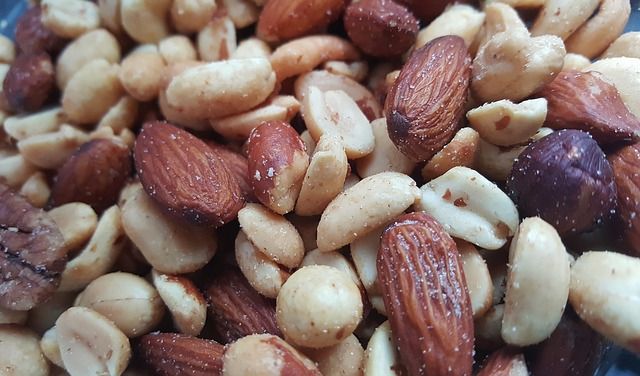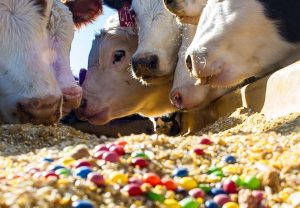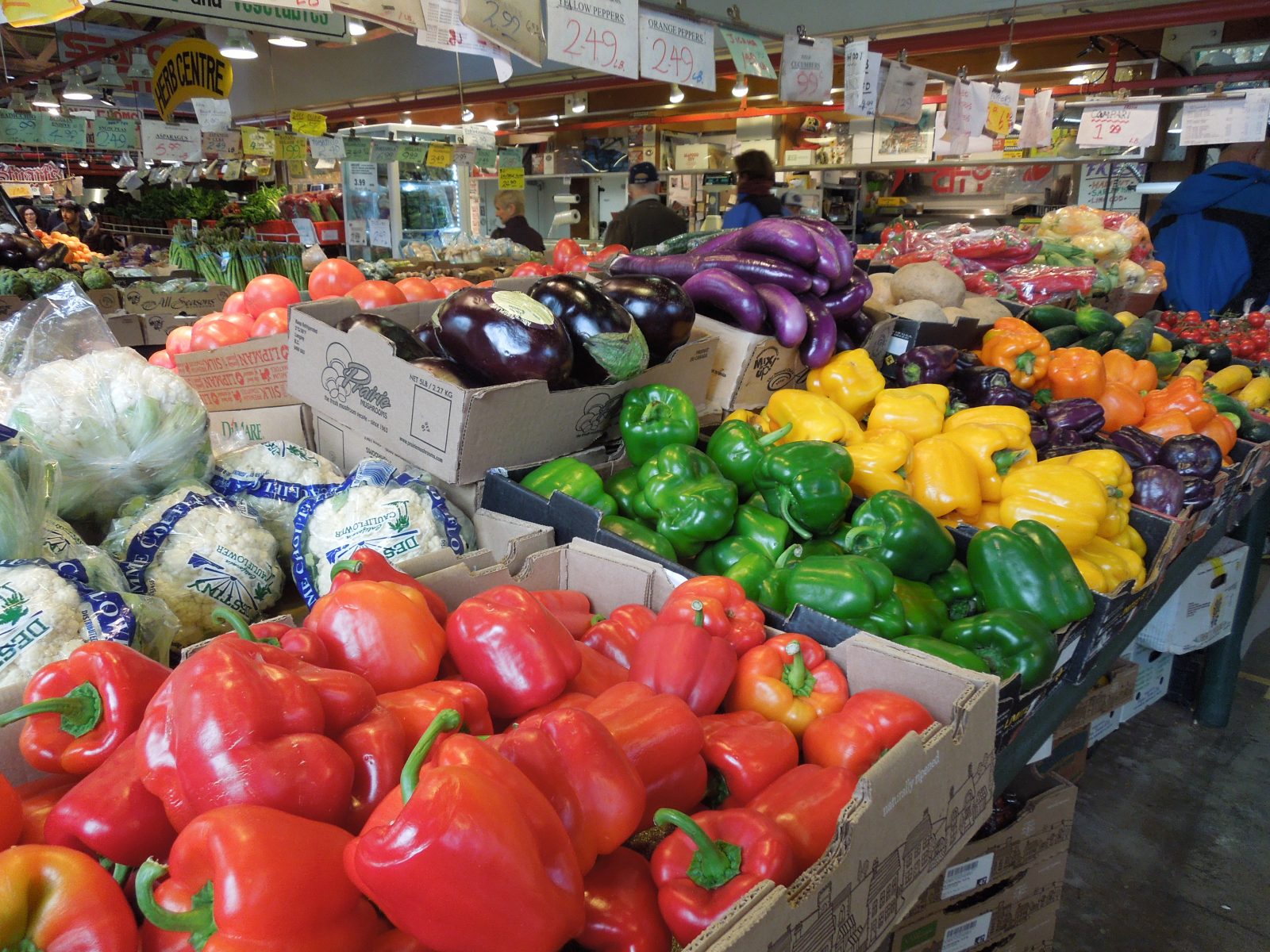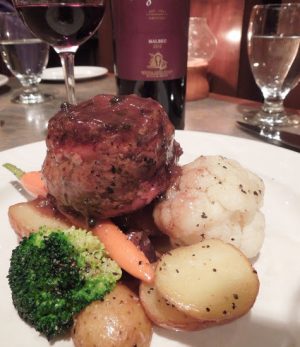
Food intolerance and Autoimmunity are epidemic but are harder to spot in children and yet this younger generation are likely to be much more affected than their parents. So how do you deal with food intolerance in your children?
10 Signs Your Child Has a Food Sensitivity and What to Do About It
If your child has a food allergy, you are probably already aware if, for example, he gets hives after he eats strawberries, or he can’t breathe around peanuts. Because of this immediate immune response or IgE reaction, food allergies are typically very easy to determine. Harder to pinpoint however are food sensitivities, which are IgG or delayed immune reactions. These IgG reactions can be very difficult to recognize because of the vague and often wide range of symptoms that may take up to 72 hours to display themselves.
Food sensitivities can develop over time, often because of over consumption of these foods and imbalances in the gut microbiome. The top five food sensitivities I see in children are: gluten, dairy, corn, soy, and eggs. The potential consequences of consuming these foods if your child has a sensitivity to one of them are inflammation which can lead to a leaky gut and chronic illnesses such as autoimmune diseases in the future.
So what are the signs of food sensitivities in your child and how do you test for them?
10 Signs Your Child Has a Food Sensitivity
1. Stomach aches
2. Constipation and diarrhea
3. Fatigue, joint pain, and muscle pain
4. Frequent infections, especially of the ears and throat
5. Skin irritation and rashes
6. Behavioral issues
7. ADD/ADHD or other problems with concentration
8. Unexplained weight gain or loss
9. Frequent bed wetting
10. Autism Spectrum Disorder
via 10 Signs Your Child Has a Food Sensitivity and What to Do About It – Amy Myers MD
If you are concerned then the way forward is to do an elimination diet for at least two weeks. During this time it is important to leave out all traces of the suspect foods – do not believe that you can get away with ‘just a little’ as this will trigger an immune response that can last quite awhile.
I will not pretend that it is easy to do this with a child, especially if they are not with you all the time. Maybe starting during a school holiday could make it easier and being prepared before starting is very important. Plan meals and ideas, shop in advance and put all eliminated foods out of sight. The good news is that your child might start to feel and react better within just a few days and therefore they won’t necessarily want those foods.
Children react better when they know why they are doing something therefore, depending on age, explain that you want them to feel better so you would like to try some different meals and maybe do some prep or cooking together. Try not to get into a situation where they want something and you haven’t got a good substitute on hand!
If avoiding wheat and gluten then there are good pastas made from brown rice, gluten free breads, and gluten free cakes – but these can be high in sugar and it is cheaper and safer to make your own.
If avoiding Dairy there are several milk alternatives – coconut, almond, rice milk, dairy free spreads, dairy free cheeses etc. There is dairy and soy free chocolate and there are recipes for easy desserts using these.
Gelatin is a substance that helps heal the gut lining, so if your child likes jelly this is good addition to their diet.
The symptoms listed above are all symptoms that the gut and maybe the brain’s natural barriers have become damaged and foreign proteins are getting into places they shouldn’t normally. This causes inflammation and poor communication between cells. One of the foods that can add to this reaction is sugar and processed flours and cereals. In adults I always advise cutting these out of the diet while doing an elimination but in children I would normally say just to cut it down as much as possible. One thing that helps stabilise the blood sugar is to eat fat and protein at the same time therefore to have a little something sweet with a meal is much better than having it between meals. My son doesn’t like eggs so for breakfast he would have a rice cereal with coconut milk and then a slice of ham.
Healthy fats like olive oil, olives, coconut oil, avocado, nut butter (pref. not peanut initially), eggs, fatty meat and oily fish are very beneficial. If you have read some of my other articles you will see that we are moving more to a LCHF diet (Low Carbohydrate High Fat diet) and this is very beneficial for children. The brain is made of mainly fat and it burns fat very well for energy. Breast milk is 25% saturated fat and that is what a fast growing body needs. if a child has enough fat in their diet they will have much more sustained energy.
After an elimination diet you may decide to leave some of the foods off permanently or some you may find you can reintroduce one at a time with no ill effect.
Their Health, and yours, will definitely improve if you can maintain a more LCHF diet.
Here are some more LCHF tips from a Mum of three who has made a success of it at home and through getting the message out across the world – so that the next generation will be healthier and happier.
Low Carb Kids
The importance of whole food nutrition in children’s health and development cannot be stressed enough. All children will benefit from lowering their sugar and carbohydrate intake, especially from processed and junk foods.
For Low Carb Kids the emphasis should be on feeding them tasty nutrient dense meals. Children shouldn’t be relying on sugars, grains and high carb snacks. Low carb is all about going back to basics – meat, vegetables, low sugar fruit, seeds, nuts and healthy fats. Real food is simple food.
Many critics think we advocate no carb, but we are low carb. The biggest sources of carbs should be vegetables, nuts, dairy and berries, rich with vitamins, minerals, fibre and antioxidants.
Children need to receive all the nutrients required for their growing bodies but can easily do without the sugars and carbs of the modern diet. By removing processed junk food from their diet, children become low carb almost by default.
High carb vs. Low carb
By reducing processed food and high carb foods from children’s meals you reduce their risk of obesity, type 2 diabetes, tooth decay and other diseases of metabolic dysfunction. You improve their nutrition, concentration, mood, immunity, energy, and develop their appreciation for real food over processed foods.One of the most valuable lessons we can teach children is the importance of real food, cooking, nutrition and health. What we feed our children will have an impact on their growing bodies now and will have an impact on their health in the future. Chronic diseases don’t happen overnight, but over a period of time with extended periods of exposure to high sugars, high carbs, unhealthy oils and inflammatory foods.
Why lower the carbs? When children eat low carb nutritious meals they avoid the high/low blood sugar roller coaster, they avoid energy slumps and more importantly, they avoid all the inflammatory elements of our modern diet. Children do not need the volume of carbs they consume. Many parents are unaware of how much sugar is hidden in everyday foods. 77% of processed food has added sugar. Take a look at the 2 lunchboxes and compare their carb values.
The rapidly absorbed carbs, which spike blood glucose, also crowd out nutrition. For example, the nutritious element in a chicken salad sandwich is the filling, the bread is just a bulking agent that adds almost nothing nutritionally to the meal. In fact any vitamins the packaging may claim have probably added during the manufacturing process. By removing bread/pasta/rice from a meal, your children will fill up on fresh vegetables, good quality protein and healthy fats instead.
What about fat? – Healthy fats are essential for hormone production, healthy brain function, tissue development, appetite control and absorption of fat-soluble vitamins (A, D, E and K). Children especially need Omega 3 fatty acids for healthy eye and brain development. Avoid the low fat products as they generally have added sugar to improve the flavour and texture. Choose healthy fats such as olive oil, butter, coconut oil, oily fish, nuts, seeds, eggs and meat. Stop using seed oils which are inflammatory and incredibly processed.
Fruit and vegetables? These should be the biggest source of carbs for children. They are also a valuable source of fibre, vitamins, minerals, antioxidants and phytochemicals. Fruit and vegetables should not be seen as equal. Fruit is incredibly high in fructose so choose low sugar fruits such as berries and limit them to once or twice a day. Cut back on tropical fruit such as melons and pineapple and avoid dried fruit completely. Fruit juice can contain as much sugar as some sodas. A glass of juice is not the equivalent of eating 6 oranges, it is equivalent to the sugar in 6 oranges. Eating whole fruit is self-limiting due to the fibre, drinking juice is not. Many “fruit juices” are actually sugared water with fruit flavours.
Why grain free? Don’t be fooled by the healthy wholegrain message. Modern wheat is not the same as what our ancestors ate. Wheat and grains are now found in almost all processed foods and so many people are now consuming grains at every meal and every snack, crowding out nutrition and increasing inflammation with high blood sugars. Grains are used to fatten animals before slaughter and force-fed to geese to produce fatty livers (foie gras). Eating more vegetables by far compensates for any loss of fibre and vitamins from a wholegrain roll. Grains are high carb and rapidly absorbed, leading to sugar and insulin spike.
So instead, let’s crowd out the junk. Encourage your children to eat more vegetables, meat, nuts, seeds, and healthy fats. Encourage and teach your children to cook. Encourage them to choose new things from the vegetable aisle. Praise them each time they try something new. Help them develop a taste for real food and enjoyment of cooking. Cook and prepare food together. Have fun.
With encouragement and guidance you too can help your children eat real food.
Top Tips
- One meal at a time – if you have a fussy eater, your household will not be a happy one if you go straight in and change everything overnight. Change or remove only one element at a time. Remove (or reduce) the most obvious place sugar lurks such as sweets, cakes and ice cream, then cut back on bread, pasta and other high carb foods. Be proud of any changes you make, and strive for improvement not perfection.
- Be organized – plan your meals and have plenty of fresh food at hand. Have some boiled eggs in the fridge, leftovers in the freezer, fresh vegetable pre cut in containers, tins of tuna in the pantry. Prepare extra vegetables each night, ready for the next day’s snacks or lunch box.
- Make double dinners – leftovers are king and are such an easy way to prepare for school lunches. Cooked sausages, roast meat, quiche, meatballs or eggs any way are always popular options. Fill your freezer with leftovers. Learn to love your freezer!
- Reduce the bread – try bread free lunches once or twice a week, increasing until you are bread free. Try thin wraps or open sandwiches to cut back for really reluctant children.
- Involve your children – give them a limited choice of healthy foods to choose from so they feel they have some control.
- Choices – allow them to leave one vegetable on their plate. This is the trick that really turned my 8 year old around. He felt he had the final control of his dinner, unbeknownst to him I give him more of everything to begin with.
- Plan meals – allow them go through LCHF recipe websites and cookbooks to choose meals and recipes. Let them collate their own special cookbook.
- Picky eaters – all children love picking at food and eating small platters. I often put out a selection of vegetables, cold meats and cheeses for their afternoon tea. Buy a lunchbox with small compartments and serve them a buffet.
- Healthy fats – at meal times encourage your children to eat their vegetables by putting healthy fats on the dinner table such as butter, grated/shredded cheese, salad dressings and healthy oils. Not only will the flavour be enhanced, it helps them absorb the fat-soluble vitamins from their meal. Pack dips, salsa and sauces to dip their vegetables in at school.
- Drinks – start serving water only. Stop allowing them to drink juice or soda. These can be the biggest contributor of sugar in their meal.
- Beware – read the labels of foods traditionally given to children such as raisins, muesli bars, fruit yoghurt and cereals. These are often the worst culprits. Find or make your own low sugar alternatives. You will know exactly what goes in them.
- Feed them a rainbow – a colourful meal is so more attractive packed with a variety of colour and nutrients.
- Stop buying kids meals – most kid’s meals are highly processed junk food packed with inflammatory seed oils, grains and carbs. Pizza, nuggets, pasta, toast and spaghetti with sauce. Start ordering half an adult meal, or split and adult meal between siblings.
- Try and try again – moving children onto real food can really be a challenge. It won’t happen overnight but it will happen. Continue to introduce new foods and remove others.
Don’t be daunted at the start. You can do this. It’s getting back to basics and ditching the processed junk. Here is a month of my children’s school lunches for inspiration (insert link). Have fun preparing meals together and discovering new recipes. So many families have commented that they are cooking for the first time, learning to appreciate real food and excited at the prospect of a healthier lifestyle.
Don’t think you are depriving your child of junk food, you are teaching them how to eat healthy and remain healthy. You are feeding them the healthy fats and good sources of protein their bodies truly need.
- Roll ups – use slices of cold meat, nori sheets or lettuce as a wrap and fill with cheese, salad or dips
- Vegetables – cut in different shapes with a variety of dips
- Low carb baking – make your old favorites but using sugar and grain free recipes
- Nut butters
- Smoothies – with plenty of healthy fats and flavours, it’s amazing what you can hide in a smoothie
- Tins of tuna
- Boiled eggs
- Mini quiches – add their favourite vegetables and meats
- A variety of nuts
- Cheese sticks/cubes/slices
- Billtong/beef jerky
- Avocados
We are all busy parents and we do the best we can with what we have. Don’t think this is an impossible task. We are simply feeding our children real nutritious foods. Meals don’t have to be complicated, fussy or difficult, to the contrary, they are generally simple, colourful and fresh.
Action plan
- Stop buying sugary sweets, drinks and baked goods
- Start buying real unprocessed whole foods. Shop the perimeter of the supermarket for the fresh produce
- Avoid all seed oils and trans fats
- Eat nutrient dense foods
- Increase your omega 3 from oily fish, avocado, grass fed meat and nuts
- Cook at home, eat together
Remember – we are LOW carb, not NO carb. The emphasis is on the real whole food approach, healthy fats, fresh vegetables and good quality proteins.
via Low Carb Kids – How to Raise Children on Real Low-Carb Food – Diet Doctor









 Our soils are the foundation of our Nutrition and yet are in a depleted and polluted state in much of the World.
Our soils are the foundation of our Nutrition and yet are in a depleted and polluted state in much of the World.




 via
via 

